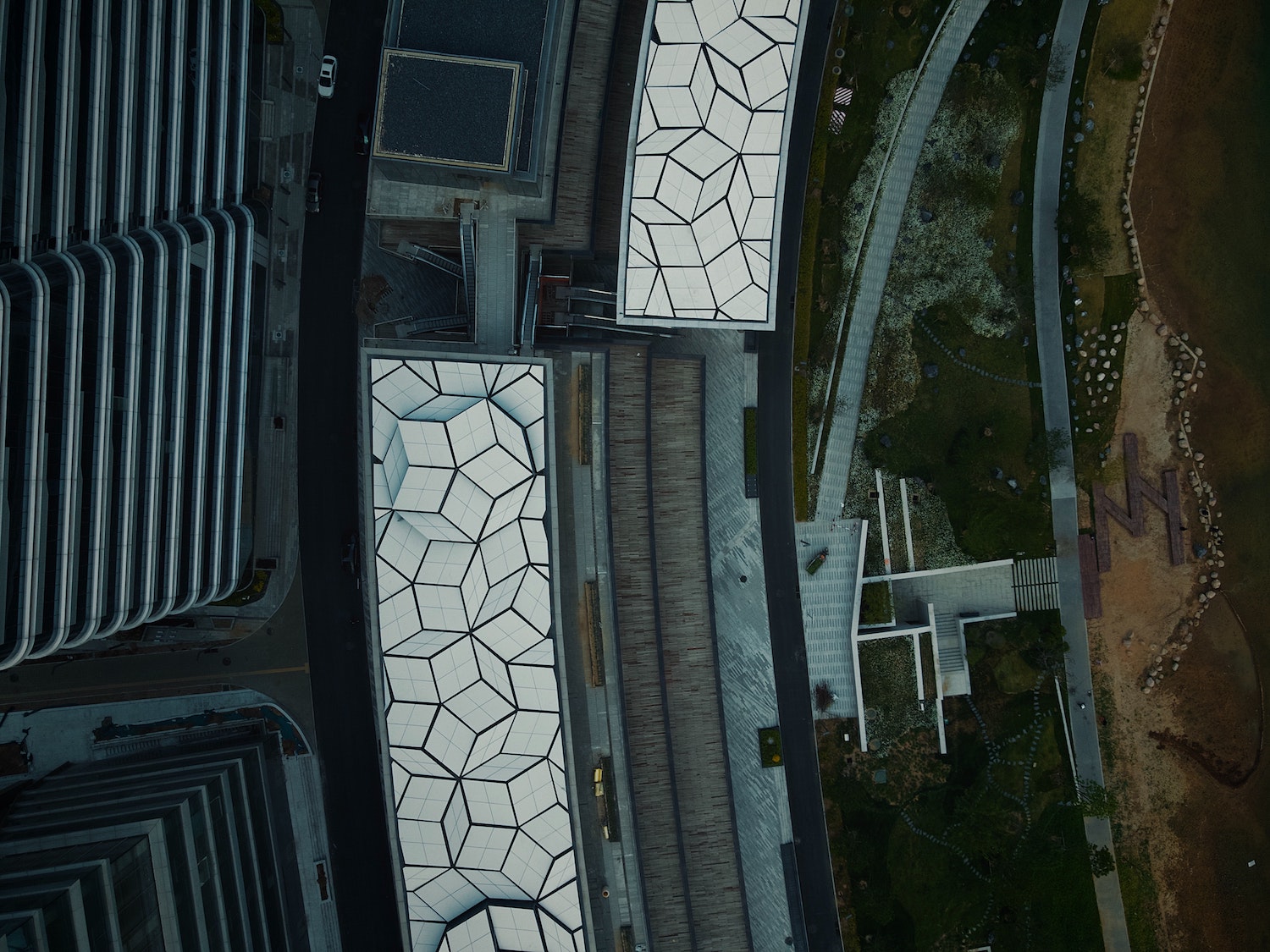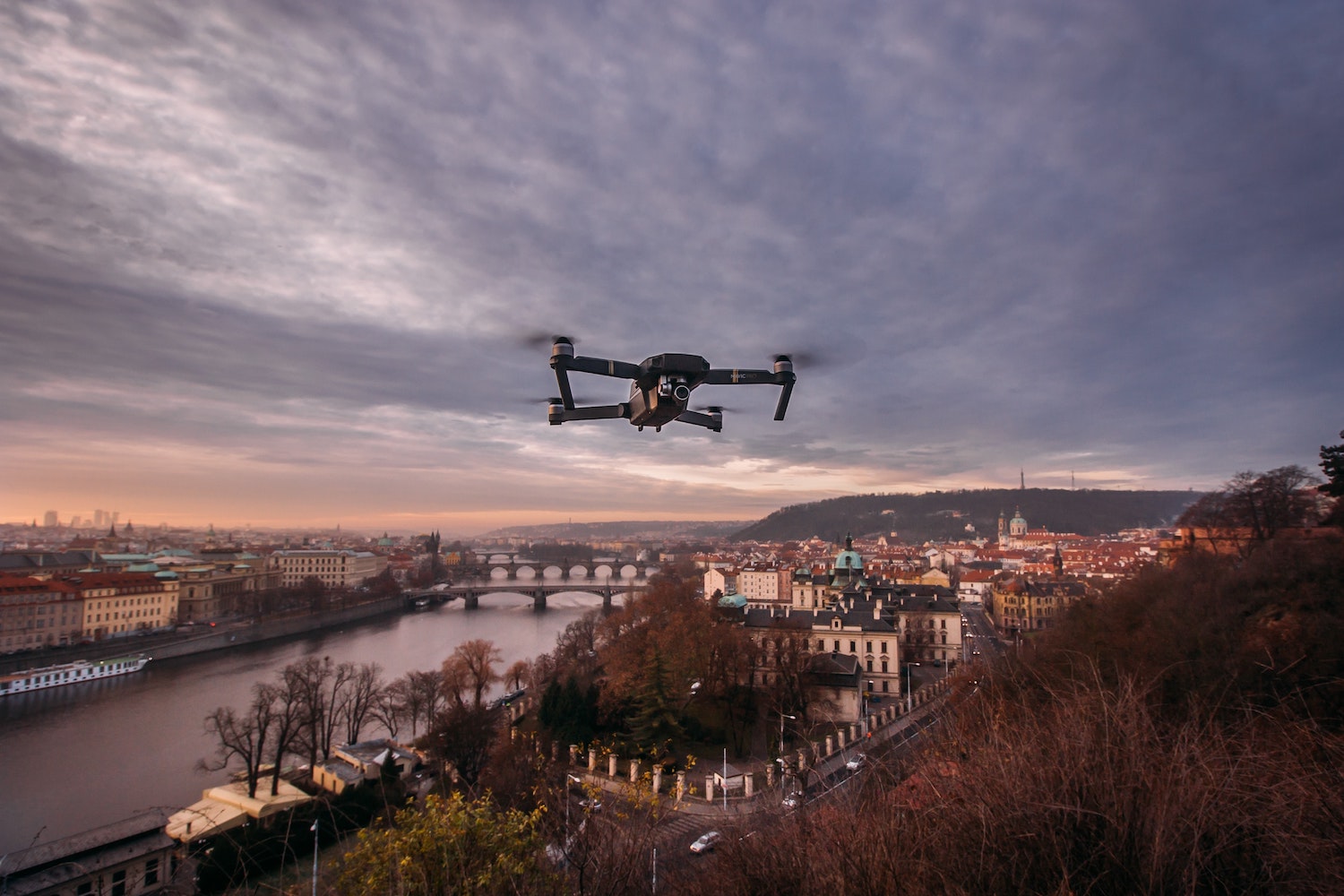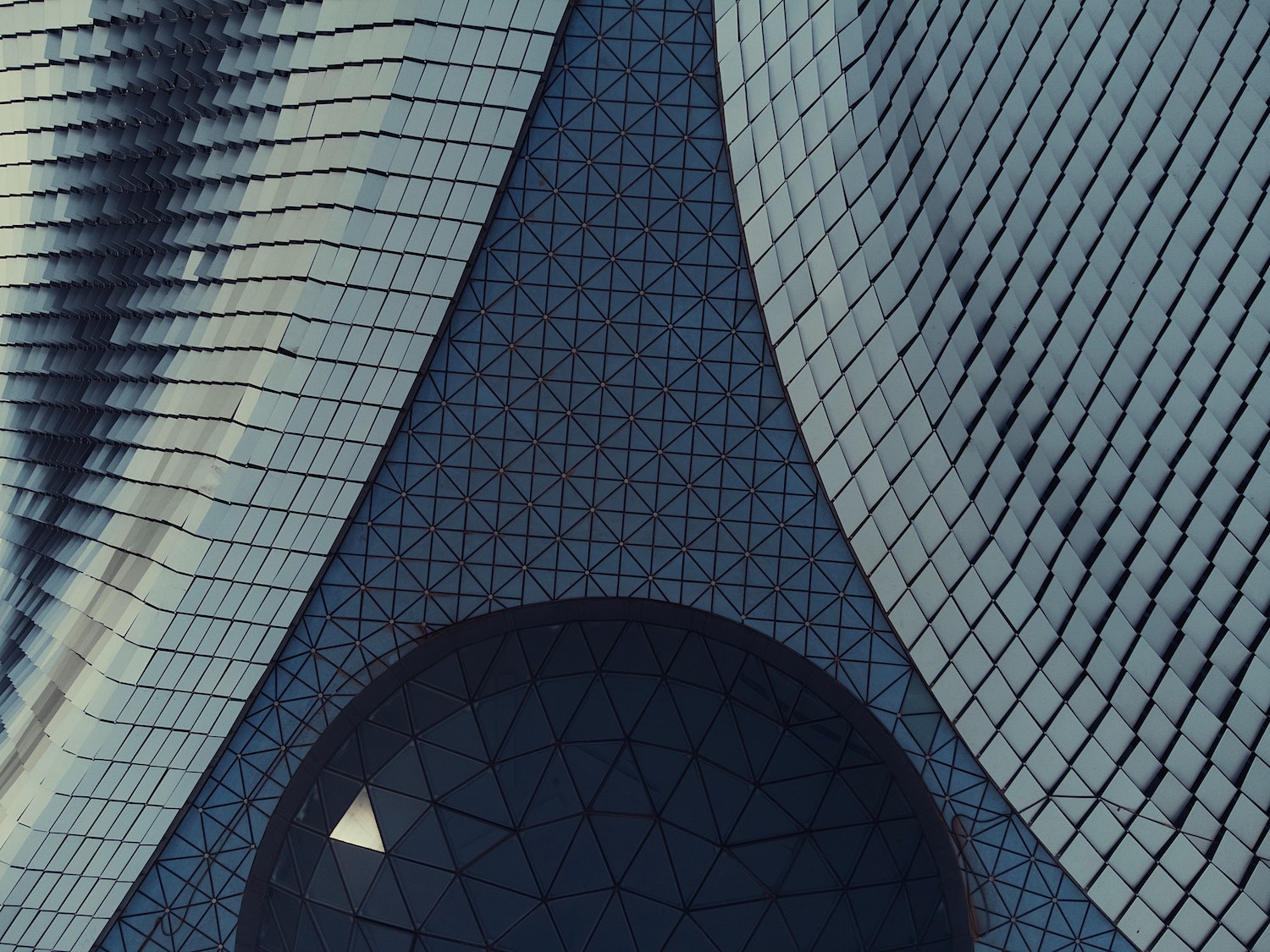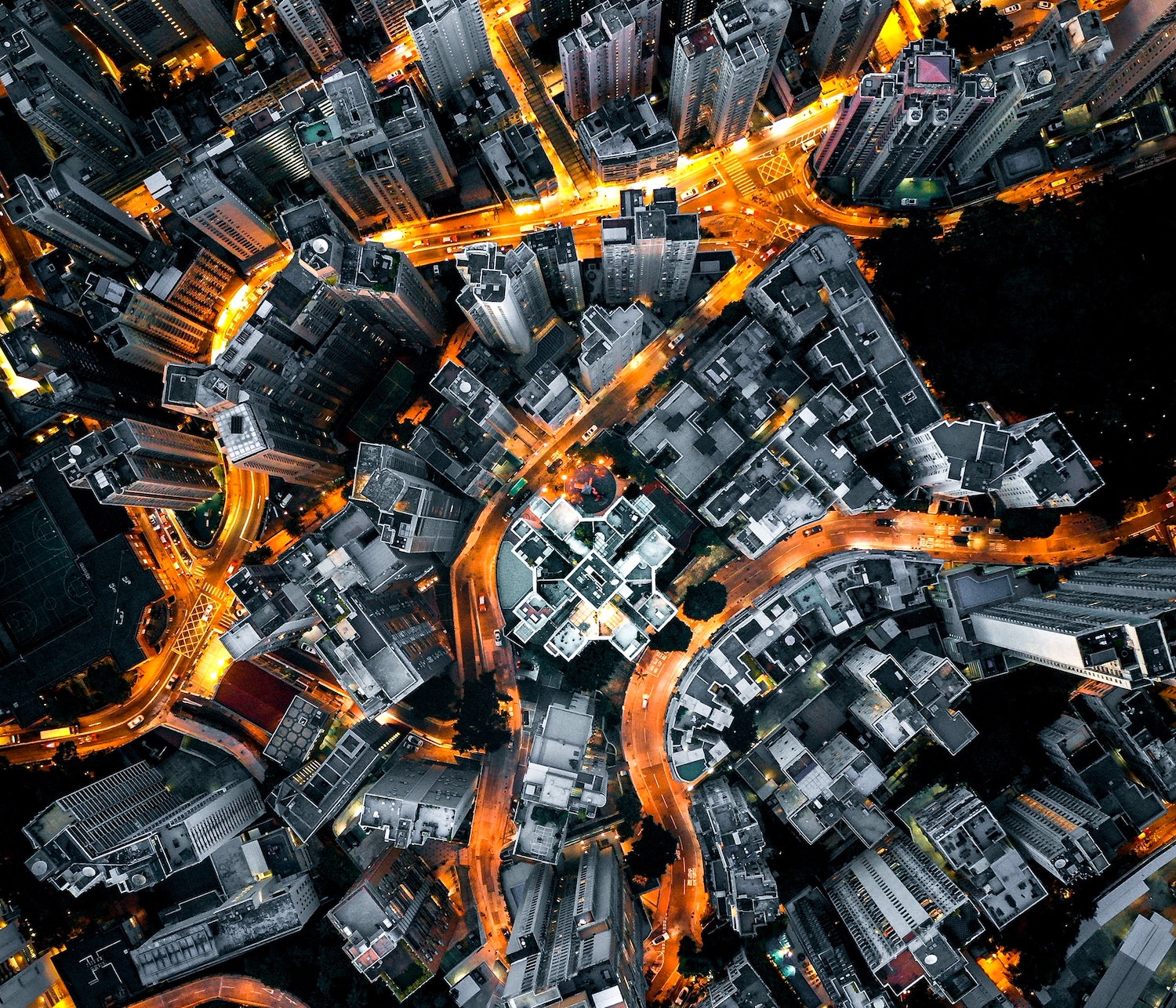The biggest advancement in aerial imagery and filmmaking is drone photography. In the middle of the 2000s, drones began to have a significant impact on filmmaking. However, due to substantial advancements in both camera and aerial technology, practically every sector of the digital video industry now extensively uses aerial film.
The construction industry has begun using drones on construction sites as a way to gain a birds-eye view of works, capturing the construction process from a unique perspective, and often utilising the technology in the actual development of the project itself. We are just now beginning to uncover the possibilities in terms of construction photography, cinematography, and drone video editing.
Photography with drones for architecture
Architects have historically had to rely upon hand-drawn aerial depictions of sites, or maps. For real-life imagery, a helicopter would be used to capture projects. This method proved extremely cumbersome and expensive even though it enabled them to take some fantastic images. So when drones gained popularity, architectural photographers seized the opportunity to take birds-eye aerial pictures.
With drones, engineering companies and their clients no longer need to hire helicopter services or find the optimal location for capturing the right point. The duty is effectively delegated to the drones and drone operator.
 Nowadays, drone use is quite popular among architectural photographers for a variety of reasons, not just convenience. Let’s find out what they are.
Nowadays, drone use is quite popular among architectural photographers for a variety of reasons, not just convenience. Let’s find out what they are.
Drones Used by Architects to Photograph Their Work – Benefits
Drones are extremely adaptable.
A drone can be used to travel to numerous locations due of its small size. Even challenging locations are reachable by air. Any region that is very challenging to travel, such as heavily forested areas where it is impossible to see from below due to the trees, can be entered. Drones make it easier to capture close-ups, continuous pictures, and the ideal framing of your subject.
Not a single sound is made.
Drones don’t talk. They don’t resemble helicopters. You don’t have to put up with loud buzzing or whirring noises. They are also the best for getting architectural close-up pictures of your home, land, or structure. Even in exclusive neighbourhoods or districts, you can use drones for your real estate or architectural demands because they are incredibly silent, and stillness is essential in such situations.
Drones provide comfort.
Drones are incredibly practical. They’re easy to set up and won’t cost you anything for flight permissions or involve any complicated permissions and associated procedures.
You’ll obtain pictures of the highest calibre.
You will receive real estate and architectural photographs of an excellent resolution, because despite their size drones are equipped with high-end, high-resolution photographic technology.
Nothing in architecture photography offers more freedom than drones
Drones can be utilised in a variety of ways for architectural or real estate purposes.
Before the actual work starts, it can be used for site planning. Drones can be used to take pictures and create 3D maps.
They can also be used in the planning stage to provide clients with a visual representation of the structure that is, or will be, built.
You can makes use of the outstanding perspectives of the entire project for a variety of uses, but primarily for marketing and sales requirements.
The ideal instrument for showing a building, location, or piece of property’s surrounds from above is, without doubt, a drone. They contribute to highlighting the significance and context of the environment, which gives viewers a more firm sense of the location.
Things to take into account before using a drone
Before utilising a drone, there are a number of factors to keep in mind. You can do things correctly and ensure that you’re not infringing any laws or rules by keeping those items in mind.
Laws and principles should be at the top of your list. The regulations vary depending on where you are shooting. Additionally, some locations require a licence.
Conduct a thorough visual evaluation of the location. You will be able to develop a better flight plan as a result. Look out for electricity substations, tall electrical posts, and cell destinations. Avoid flying too close to them. Flying shouldn’t be done close to any airports, military bases, or other restricted airspace. When the drone is in the air, keep it in your line of sight.
Contact us today to discuss your drone photography or videography requirements!



